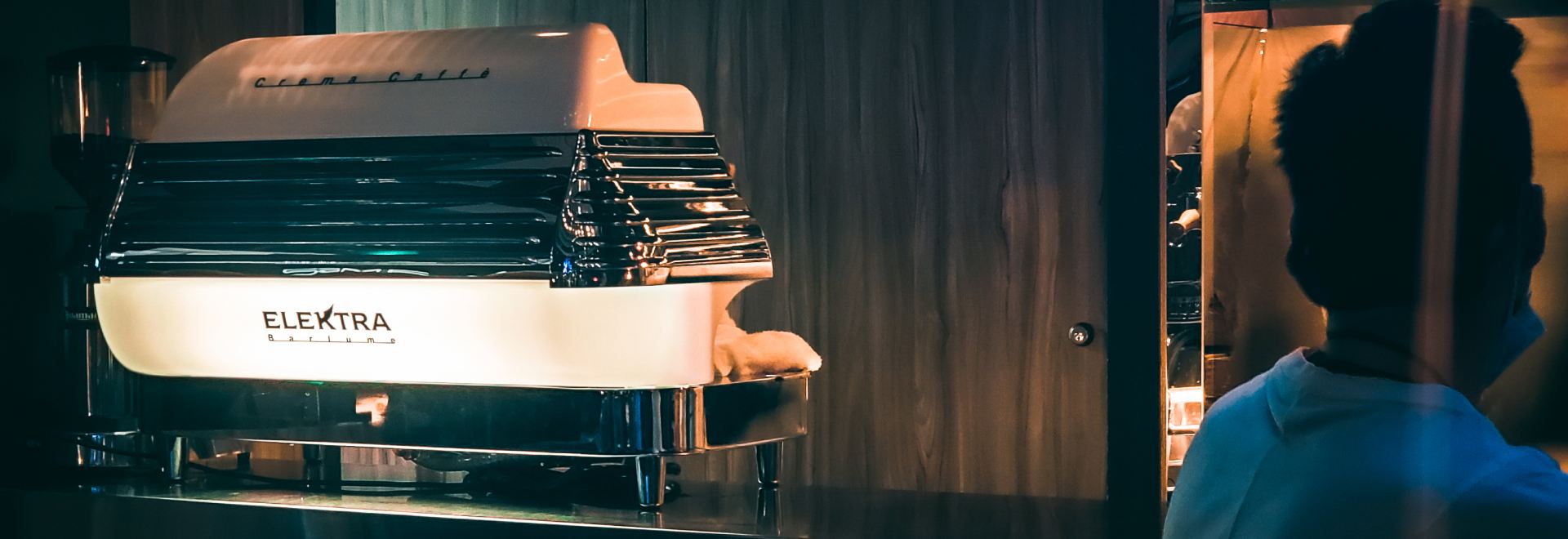How coffee shops can upscale their servings in a post-pandemic world
As consumers settle into post-pandemic life, operations lead at Starbucks South Africa, Ishan Natalie, explains how coffee shops can entice them back by upscaling their servings.
It’s been a bumpy ride for businesses and consumers since the first pandemic-induced lockdowns in early 2020.
Since the outbreak of Covid-19, it’s estimated that around 92% of coffee businesses were forced to close their doors – some temporarily, others for good.
This saw more consumers brew coffee at home, led by a wave of new online content creators and marketing pivots. Online sales of whole bean coffee increased, as did the demand for brewing equipment and accessories.
The sales of items such as French presses, frothing wands, and cold brew makers saw double-digit growth between May 2020 and 2021. While brewing at home, coffee consumers began to delve deeper into the intricacies of espresso extraction and pour-over science.
As a result, Ishan, who has helped Starbucks establish a foothold in South Africa’s coffee market, believes the “experience” in coffee-drinking culture is now more important than ever.
“We’ve been held hostage by the pandemic and restrictions for so long that venturing to our favourite coffee spots is a definite treat these days, versus what used to be the daily routine or necessity,” he explains.
As the world settles into a new normal, the demand for an elevated experience remains. The desire for in-person connections after months of isolation and virtual meetings may be the driving force behind this change.
The importance of adding value to coffee servings
As consumers who were brewing coffee at home slowly return to coffee shops, the question on every business owner’s lips is: how can we retain them?
Fortunately, humans are creatures of habit. Despite enjoying their at-home coffee routines, recent research shows that 35% of Americans missed their favourite coffee beverages, with almost half already returning to their local coffee shops.
“Convenience and having a handcrafted beverage made by a skilled barista trumps everything,” Ishan explains.
Additionally, coffee shops can upscale their offerings to give consumers more reasons to step out and enjoy a professionally made beverage.
For instance, Starbucks provides several value-added options, such as free WiFi, an expansive menu, bathrooms, and comfortable spaces that suit a range of consumers.
Coffee shops should look to create a space where consumers can satisfy all their general needs: a one-stop shop.
“A diverse coffee offering with quality food that suits and complements the experience is key,” Ishan says. “Seasonal offers are also very successful in keeping people excited and drawing new customers in.”
These kinds of amenities can help set coffee shops apart from the competition, which – as expected post-pandemic – is fierce.
How can coffee shops upscale their offerings?
The way a coffee shop upscales its offerings depends largely on its reasons for doing so. For example, upscaling for a brand that wants to drive higher footfall will look different to those who want to create a more immersive experience for existing customers.
For example, in the case of Starbucks, Ishan highlights the role of the “third place” – a social environment separate from the home and office.
“Customer connection and a sense of community have always been at the forefront of our business, which is why customers come back,” Ishan says. “They feel safe and welcomed, with offers and spaces to suit every individual. There’s always something for everyone, and the bonds between our baristas and customers are special.”
Based on this principle, Starbucks recently launched a digital Third Place, its first foray into the metaverse and the world of non-fungible tokens (NFTs). The idea is to offer “unique experiences, build communities, tell stories, and boost customer engagement” by creating a digital ecosystem that complements its mobile ordering and loyalty schemes.
“Many spaces have transformed into something more than a traditional coffee shop,” Ishan adds.
Introducing eye-catching, “Instagrammable” features can also prove to be a successful way of upscaling.
Up Shot Coffeehouse in Canada, for example, offers customers a unique smoked nitro cold brew by smoking the coffee with hickory and mesquite wood. Caffè Vergnano 1882 in London, meanwhile, uses a striking, traditional Italian Elektra espresso machine to help capture the imagination of customers and make each serving feel special.
Since pandemic restrictions have eased, many coffee shops have also diversified their services and menu offerings. This includes implementing in-house bakeries that offer freshly-baked pastries and homemade bread, as well as wine and craft beer.
Many specialty coffee shops have also started increasingly providing tasting cards with each coffee. These often feature information about the origin, producers, processing methods, and roast profile, as well as offering expected flavour notes.
In essence, the idea is to make people feel as though they are receiving more than just a coffee, but a memorable experience they can share with others.
Ishan feels, even with elevated coffee shop experiences, one thing will always remain at the core: the coffee itself.
“Traditional drinking experiences will always be the biggest win for coffee shops,” he says. “Most coffee consumers are traditionalists; they rarely waver from their usual. People often prefer the consistency and value of what they know versus the ‘gamble’ of trying something new that may disappoint.”
To him, the traditional coffee experience will always be sustainable – but upscaling can add that little bit extra. “For growth, innovation is key to draw in a consumer group that would likely not have come in before.”








